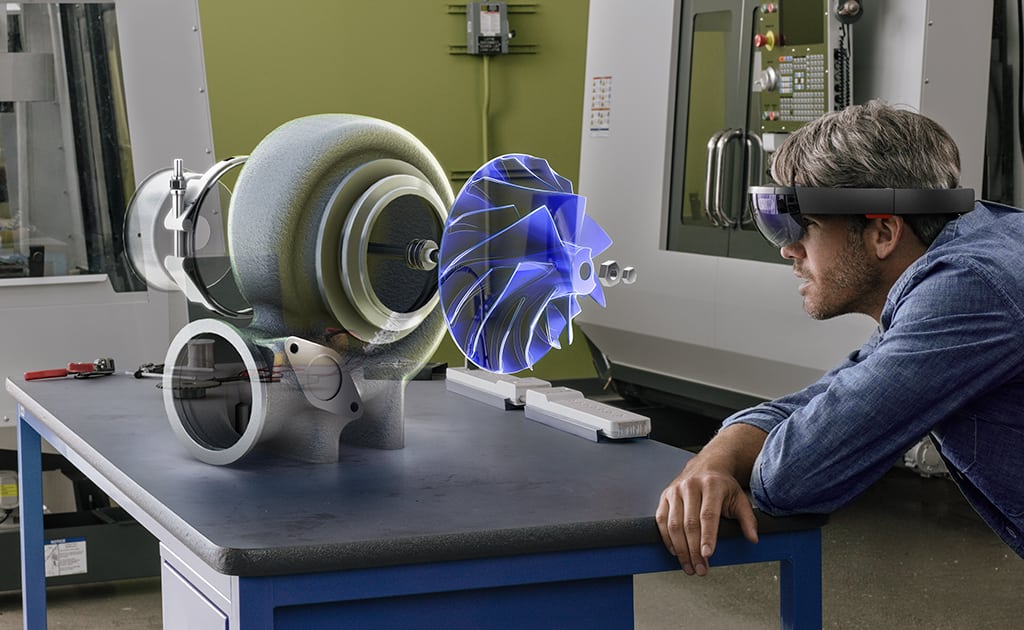Skift Take
The applications for tourism are a long way off, but Microsoft's HoloLens has the potential to impact the travel user experience by providing contextual information with immersive 3D holographic storytelling.
Microsoft opened the HoloLens Developer Experience Showcase at its Manhattan HQ last week for software developers to try out the new HoloLens headsets, so they can build apps for the "first-ever, fully untethered holographic glasses, powered by Windows 10."
Skift was invited to take the glasses for a test drive, although everything is purely conjecture at this point. Microsoft will begin shipping HoloLens to developers sometime in Q1 2016, which means any potential applications for mainstream consumer travel are a year or two away.
The Microsoft HoloLens technology is not to be confused with virtual reality (VR). With VR, users are transported to a self-contained digital world completely separated from their immediate physical environment.
The HoloLens experience is more similar to augmented reality (AR), like the Google Glass platform. Traditionally with AR, you're fully aware of the present environment, and at the same time, you can also access additional online information from the cloud or localized beacon transmitters.
Microsoft is positioning HoloLens as the next generation of wearable AR, which it's calling "Mixed Reality." You've seen something like this conceptualized before in the


